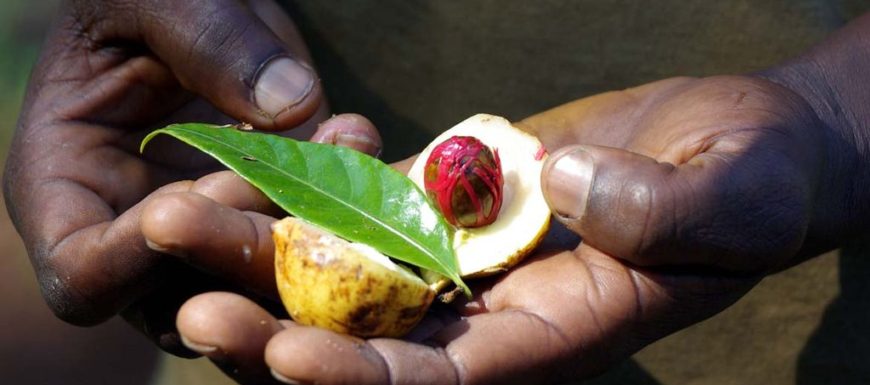The very name of Zanzibar evokes romantic and exotic images…
Zanzibar is an archipelago made by the main islands of Unguja, Pemba and Tumbatu (inhabited) and other uninhabited 50 islands and islets, located in the Indian Ocean, some 25 miles off Tanzania mainland and 6 degrees south of the Equator.
Unguja Island, internationally known as Zanzibar, has a total of 1,040 square kilometres. It is 85km long and 30km wide.
Zanzibar is well known by its spices, white sandy beaches and its coral reefs.
The Omain sultan Seyyid Said bin Sultan arrived from Oman and fell in love with this lush tropical island in the 1800s. He made Zanzibar the capital of the Omani empire and moved his court and palaces to the island in 1832. In 1818, he introduced cloves to the islands and they flourished in the sunshine and fertile soil on the west coasts of both Unguja and Pemba.
During the nineteenth century, clove mania hit the islands and the archipelago became the largest producer of cloves in the world. Coconuts, cloves, ivory and slaves powered Zanzibar’s economy making it a centre for trade.
Over time, other spices were introduced from Asia and South America including cinnamon, ginger and cardamom, which became an integral part of Zanzibari life. The archipelago became known as the Spice Islands and it was said that sailors were greeted by the scent of cloves floating through the wind as they sailed into port in Zanzibar.
Nowadays, spice farms are government owned and the crops are sold at a fixed price to the government, who mass export them abroad. Cloves are also pressed into oil used for perfumes. Much of the work on the farms is still done by hand, with young boys climbing trees to pick fruit and spices and whole villages in Pemba are involved in harvesting, drying and sorting the cloves.
The most famous & aromatic ZANZIBAR SPICES include cloves, cardamom, cinnamon, vanilla, saffron, nutmeg & ginger.

